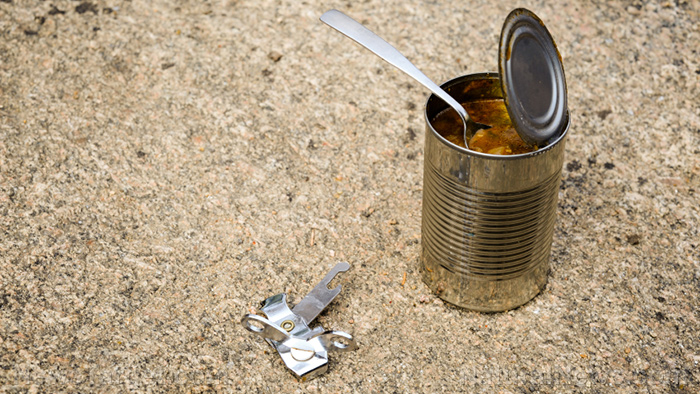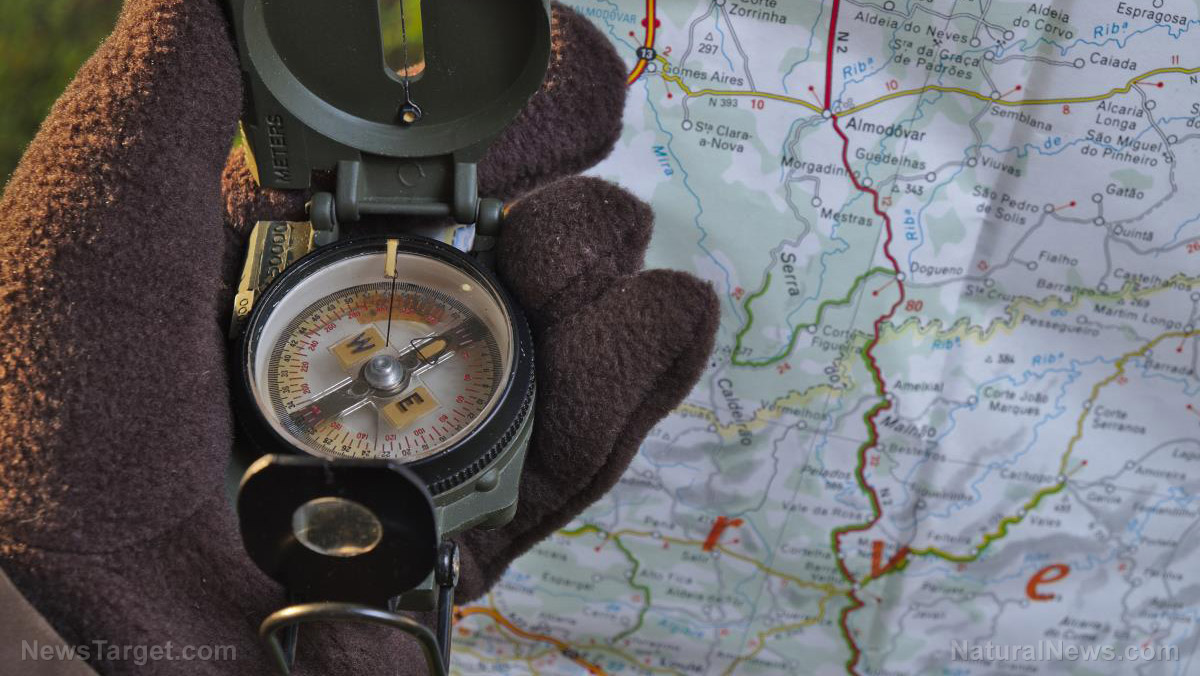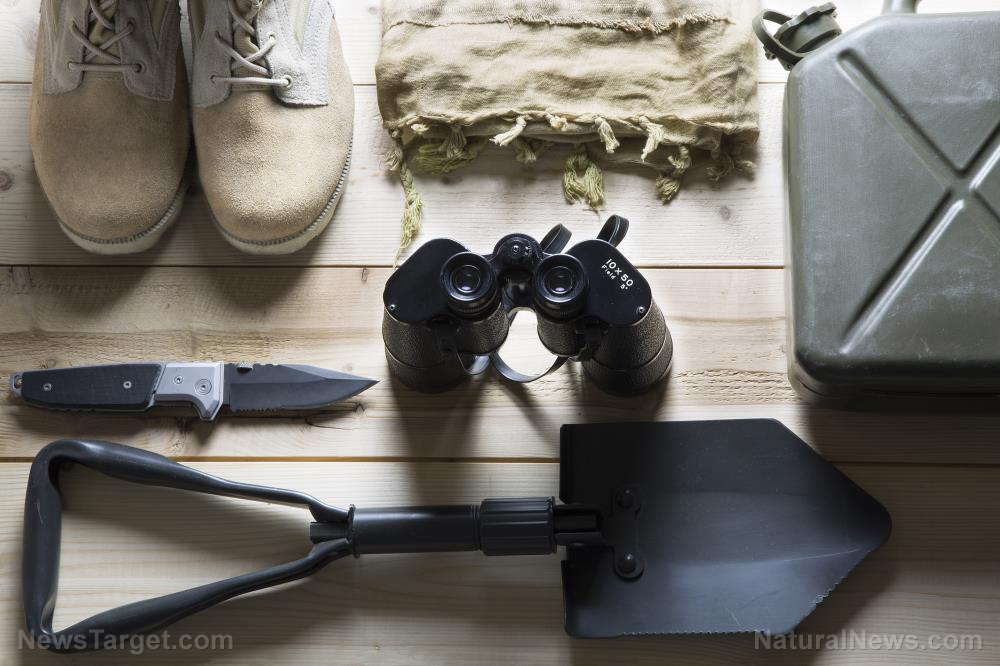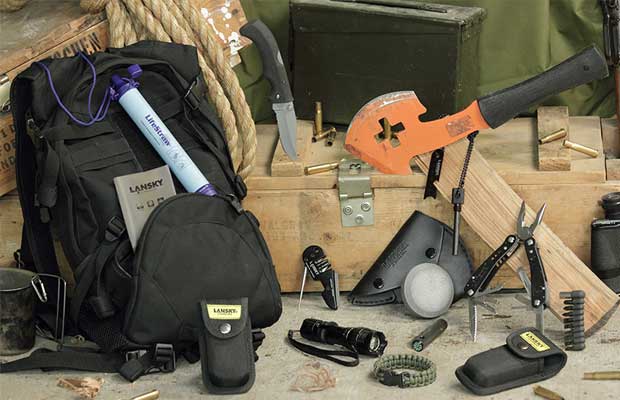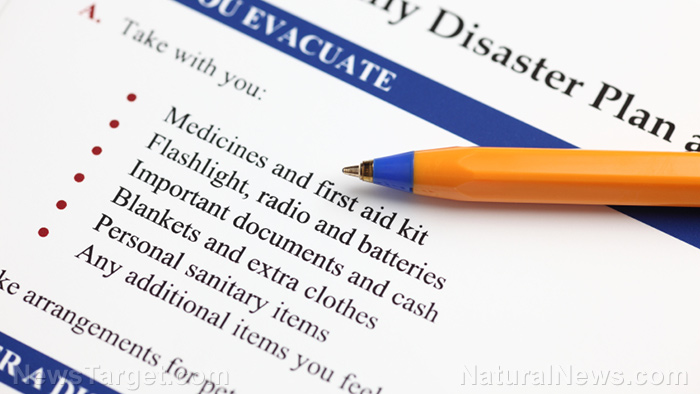Understanding burn injuries: The different types and treatments
10/02/2019 / By Melissa Smith

Burns are quite common injuries. In the U.S., over three million people experience some type of burn injury. While most of them are minor and require little or no treatment, some burns can still cause death.
There are different types of burn injuries and they vary in treatment. One primary factor used to determine the potential for healing a burn is its depth. By knowing the degree of the burn, you can better assess the extent of the injury and probability of recovery. Here are the classifications of burn injuries and how to treat them. (h/t to PreppersWill.com)
First-degree burn
A first-degree burn affects the epidermis or the outer layer of the skin. Typically, it is caused by sunburn, scalds, and electricity. The most common symptoms of a first-degree burn include pain, redness, and swelling. It is one of the mildest forms of skin injuries and usually heals on its own after several days.
You can treat first-degree burns at home by applying a cool compress over the affected area for five to 15 minutes to relieve pain and swelling. Avoid using ice or extremely cold compresses as they can worsen the burn. You may also use aloe vera to relieve first-degree burns, especially sunburn, to reduce drying and speed up the repair of damaged skin. Avoid applying any type of oil to a burn as they may prevent healing in the area. (Related: How to treat burn victims during a SHTF emergency.)
Second-degree burn
Also referred to as a partial-thickness burn, a second-degree burn affects the epidermis and some of the underlying dermis. This is a more serious injury and causes the skin to become blistered, red, swollen, and painful. The burned area can also be hypersensitive to even a light touch. Since a person with this burn is prone to infection, it is best to keep the area clean and bandaged properly.

|
Discover how to prevent and reverse heart disease (and other cardio related events) with this free ebook: Written by popular Natural News writer Vicki Batt, this book includes everything you need to know about preventing heart disease, reversing hypertension, and nurturing your cardiac health without medication. Learn More. |
Treat second-degree burns by covering the injured area with sterile burn pads. If you don’t have those, use a clean dressing without a lot of lint. A mild second-degree burn can also be treated by running the burned area under cool water for at least 15 minutes. Proper nutrition also plays a crucial role in wound healing, so eat foods rich in protein, vitamin C, and zinc. These nutrients help speed up the wound healing process. It may take at least two weeks for a second-degree burn to heal. It may cause little to no scarring.
Third-degree burn
A third-degree burn, also known as a full-thickness burn, is the most severe type, excluding fourth-degree burn. It causes the most damage, affecting every layer of the skin including the innermost layer, or subcutaneous tissue. The burned area may appear charred, waxen, or leathery. The skin may also appear white, translucent, and dead, depending on the cause. Instead of weeping, the burned surface is typically dry.
Many people may think that a third-degree burn is the most painful, but it’s the opposite. There is actually no pain and sensitivity in the injured area because the burn is so deep that the nerve endings have been destroyed.
While care is basically the same as for second-degree burn, this is a life-threatening injury, so call for immediate medical attention or transport the patient to a burn center as soon as possible. While waiting for medical treatment, raise the injury above the patient’s heart and make sure no clothing is stuck to the burn.
Third-degree burns heal with severe scarring and contracture if without surgery. Skin grafting is required because the injured skin cannot regenerate due to all the layers being destroyed. Moreover, there is no set timeline for the total healing of third-degree burns.
Prevention and preparation are the best treatments for burns. Being knowledgeable about treating burns in the middle of a SHTF situation can increase one’s chances of survival.
Sources include:
Tagged Under: aloe vera, burn injuries, burn remedies, Burns, chaos, emergency medicine, first-degree burn, medical emergency, pain relief, panic, preparedness, prepper, prepping, prevention, second-degree burn, SHTF, skin injuries, sunburn, survival, third-degree burn, Wound Healing
RECENT NEWS & ARTICLES
COPYRIGHT © 2017 · SURVIVAL NEWS



